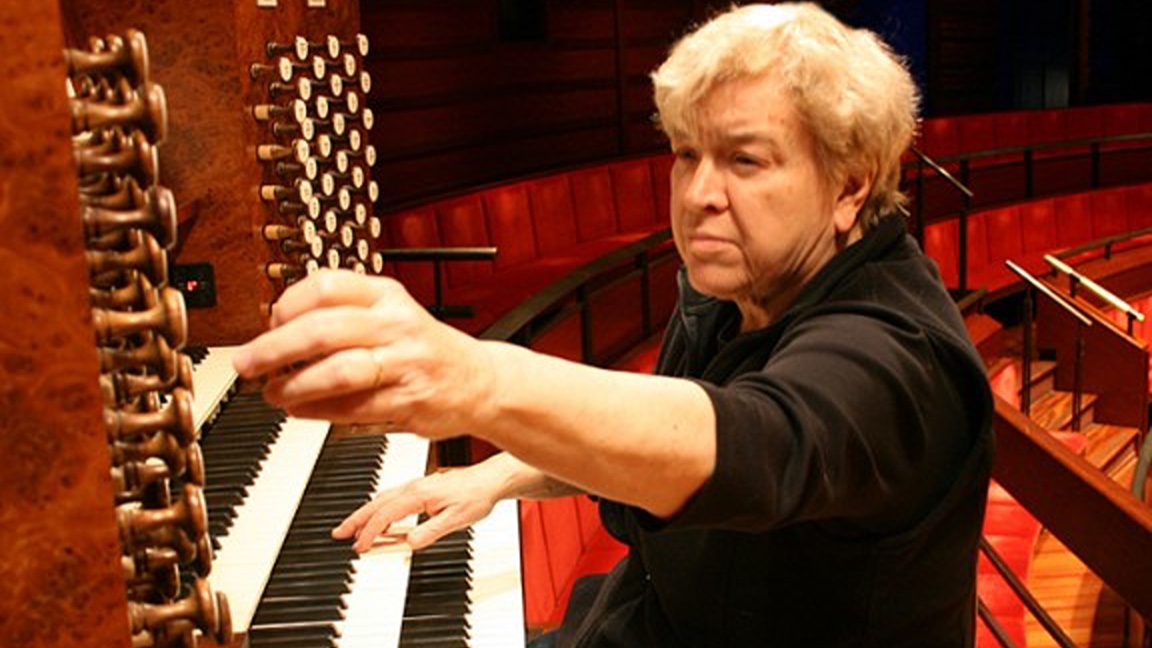Joan Lippincott, the American organist and esteemed teacher, passed away last Saturday, May 31 in Newtown, Pennsylvania. She was 89.
For nearly four decades, Lippincott served as Professor of Organ and Head of the Organ Department at Westminster Choir College in Princeton, New Jersey. A recent statement released by the College honors her contribution:
With an unerring ear, a fierce dedication to musical integrity, and deep personal kindness, she was both a demanding teacher and a lifelong mentor to her many students, who became affectionately known as “Lippincott Kids.”
Lippincott was a highly respected interpreter of the music of J.S. Bach. Here are a few of her recordings:
J.S. Bach: Fantasia super Komm heiliger Geist, BWV 651
The earth-shattering Fantasia on Komm heiliger Geist, BWV 651 opens an anthology of 18 chorales J.S. Bach compiled while employed in Leipzig in the 1740s. Rising over a mighty pedal tone, the opening depicts the first lines of the Biblical verses from Acts 2:
And when the day of Pentecost was fully come, they were all with one accord in one place. And suddenly there came a sound from heaven as of a rushing mighty wind, and it filled all the house where they were sitting. And there appeared unto them cloven tongues like as of fire, and it sat upon each of them. And they were all filled with the Holy Ghost, and began to speak with other tongues, as the Spirit gave them utterance.
J.S. Bach: The Art of Fugue, BWV 1080
Bach composed The Art of Fugue during the final 10 years of his life. The collection is made up of 14 fugues and four canons which develop from a single, sublimely simple musical subject. As the work unfolds, Bach moves from double, triple, and mirror fugues to a quadruple fugue in an increasingly complex and technically varied exploration of contrapuntal possibilities. The music was notated on an open score with independent staves, suggesting that it can be played by any combination of instruments.
The unfinished final quadruple Fugue breaks off abruptly in the middle of its third section. In the concluding lines, Bach signs his name in the music, using a motif (B-flat, A, C and B-natural) which corresponds to B-A-C-H in the German alphabet. It is possible that the final measures were lost, or perhaps Bach left an open-ended challenge to future composers, suggesting that the possibilities are endless.
Joan Lippincott recorded The Art of Fugue in 2010, performing on the great Craighead-Saunders organ of Christ Church in Rochester New York, across the street from the Eastman School of Music. Here is the opening Contrapunctus, in which the subject is introduced, followed by the final unfinished Fugue:
Contrapunctus I:
Contrapunctus XIV:

